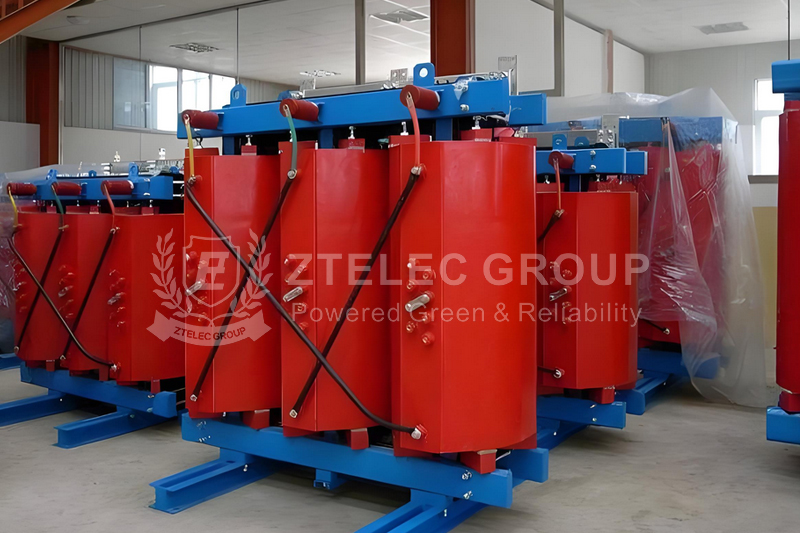Transformers are crucial components in electrical systems, and their maintenance is essential for ensuring reliable power supply and extending the equipments lifespan. Choosing between dry-type and liquid transformers depends on various factors, including maintenance requirements. This guide will delve into the maintenance practices for both types of transformers, highlighting their differences and helping you make an informed decision.

Understanding Dry-Type Transformers
Dry-type transformers use air or solid insulation materials like epoxy resin for cooling and insulation. They are commonly used in indoor applications where fire safety is a priority. These transformers are chemically resistant and require less maintenance compared to their liquid counterparts. However, they may suffer from dust accumulation on coils, which needs periodic cleaning.
Maintenance Tips for Dry-Type Transformers:
Visual Inspections: Regularly inspect the transformer for any signs of damage, wear, or dust accumulation. Ensure that the ventilation openings are not blocked to maintain proper airflow.
Cleaning: Periodically clean the coils to remove dust and debris. This helps in maintaining efficient heat dissipation and prevents overheating.
Connection Checks: Tighten all electrical connections to prevent loose connections that could lead to arcing and damage.
Environmental Monitoring: Keep the transformer in a clean, dry, and well-ventilated environment to minimize the risk of contamination and overheating.

Liquid Transformers and Their Maintenance
Liquid transformers, also known as oil-immersed transformers, rely on transformer oil for both cooling and electrical insulation. The oil circulates through the transformer, dissipating heat and maintaining the insulation properties of the components. While these transformers offer superior cooling and insulation performance, they require more maintenance to ensure the oil remains in good condition.
Maintenance Tips for Liquid Transformers:
Oil Testing: Regularly test the transformer oil for contamination, moisture content, and degradation. This helps in identifying potential issues before they lead to equipment failure.
Oil Filtration and Replacement: Periodically filter the oil to remove impurities and replace it when necessary. Contaminated oil can reduce insulation performance and increase the risk of electrical breakdown.
Leak Detection: Inspect the transformer for any signs of oil leakage. Leaks can lead to oil loss, reduced cooling efficiency, and environmental contamination.
Pressure Gauge Monitoring: Check the pressure gauges regularly to ensure the oil system is operating within the specified pressure range.
Dissolved Gas Analysis: Conduct dissolved gas analysis to detect early signs of overheating, arcing, or other internal faults. This proactive approach helps in preventing catastrophic failures.
Comparing Maintenance Requirements
| Aspect | Dry-Type Transformers | Liquid Transformers |
|---|---|---|
| Cooling Medium | Air or solid insulation | Transformer oil |
| Maintenance Frequency | Lower maintenance needs | Higher maintenance needs |
| Safety | Safer for indoor use, lower fire risk | Higher fire risk, requires safety measures |
| Environmental Impact | No risk of oil spills | Risk of oil leakage and contamination |
| Efficiency | Suitable for low to medium voltage applications | Ideal for high-power applications |
| Lifespan | Generally shorter lifespan | Longer lifespan with proper maintenance |
| Initial Cost | Higher upfront cost | Lower upfront cost |
| Operational Cost | Lower maintenance costs | Higher maintenance costs |
Choosing between dry-type and liquid transformers depends on your specific application needs, safety requirements, and maintenance capabilities. Dry-type transformers are ideal for indoor installations where safety and low maintenance are priorities. On the other hand, liquid transformers offer superior cooling and insulation, making them suitable for high-power applications, provided regular maintenance is performed. By understanding the maintenance requirements of each type, you can make an informed decision that ensures the reliability and longevity of your electrical system.









Leave A Comment